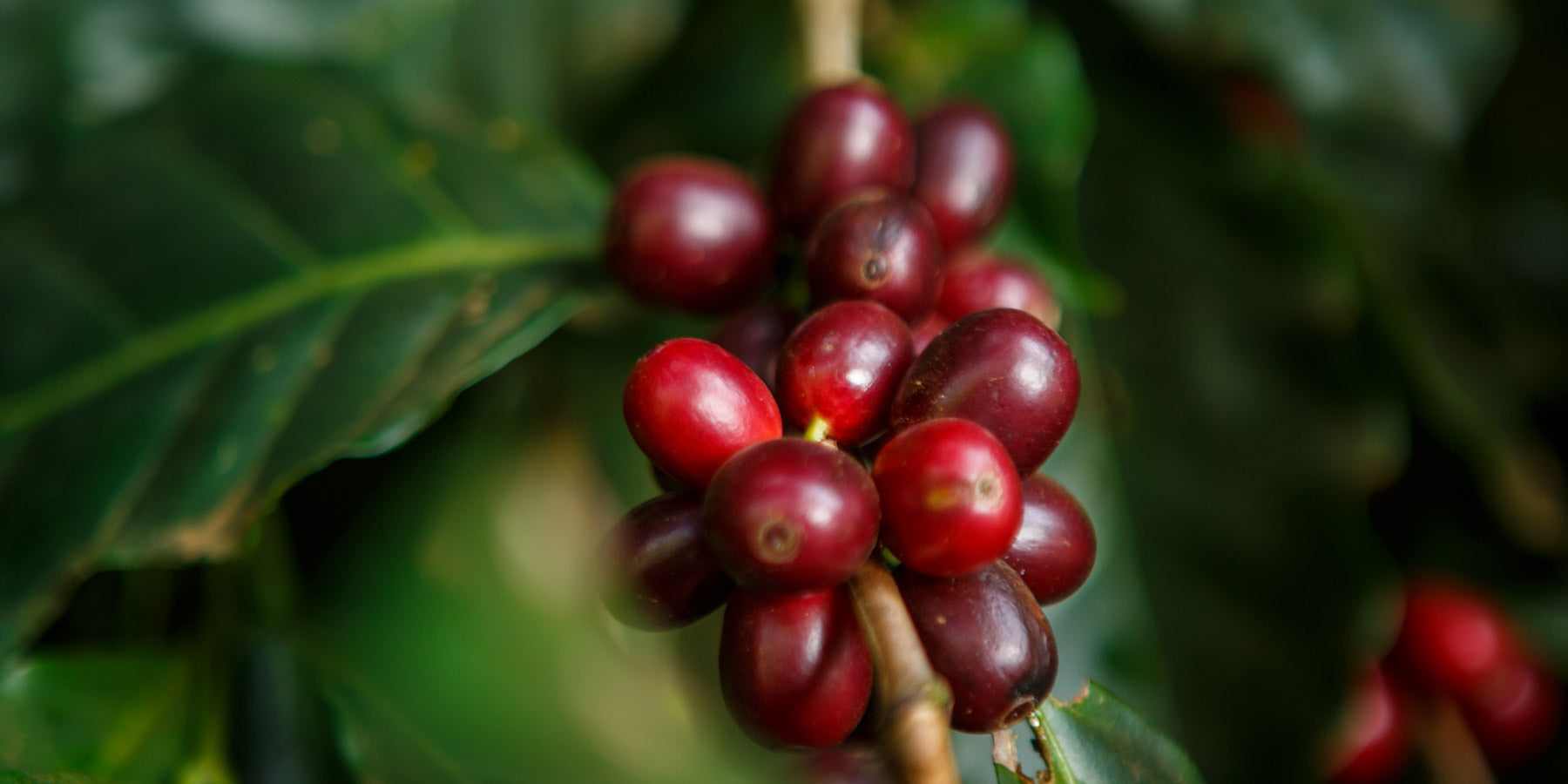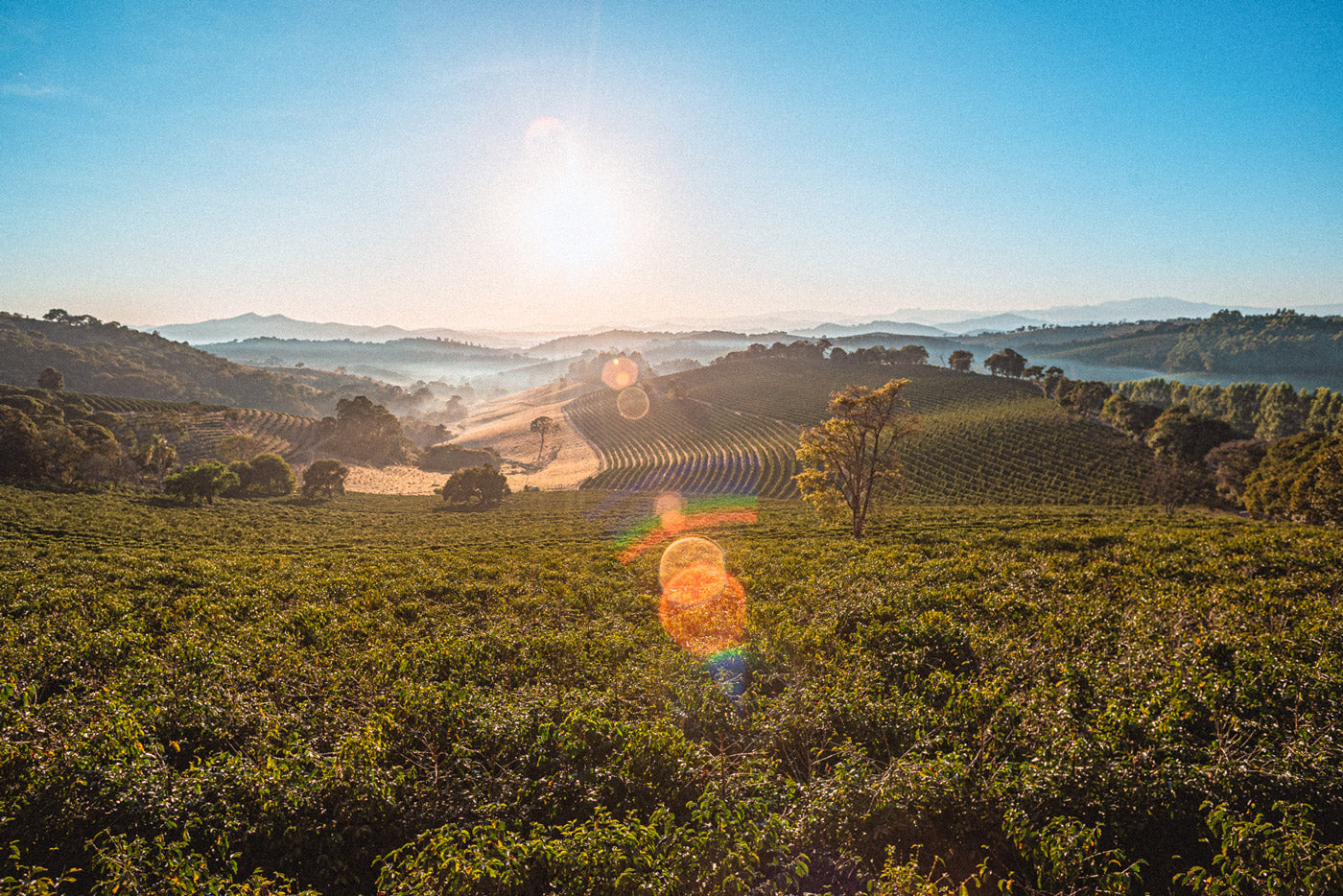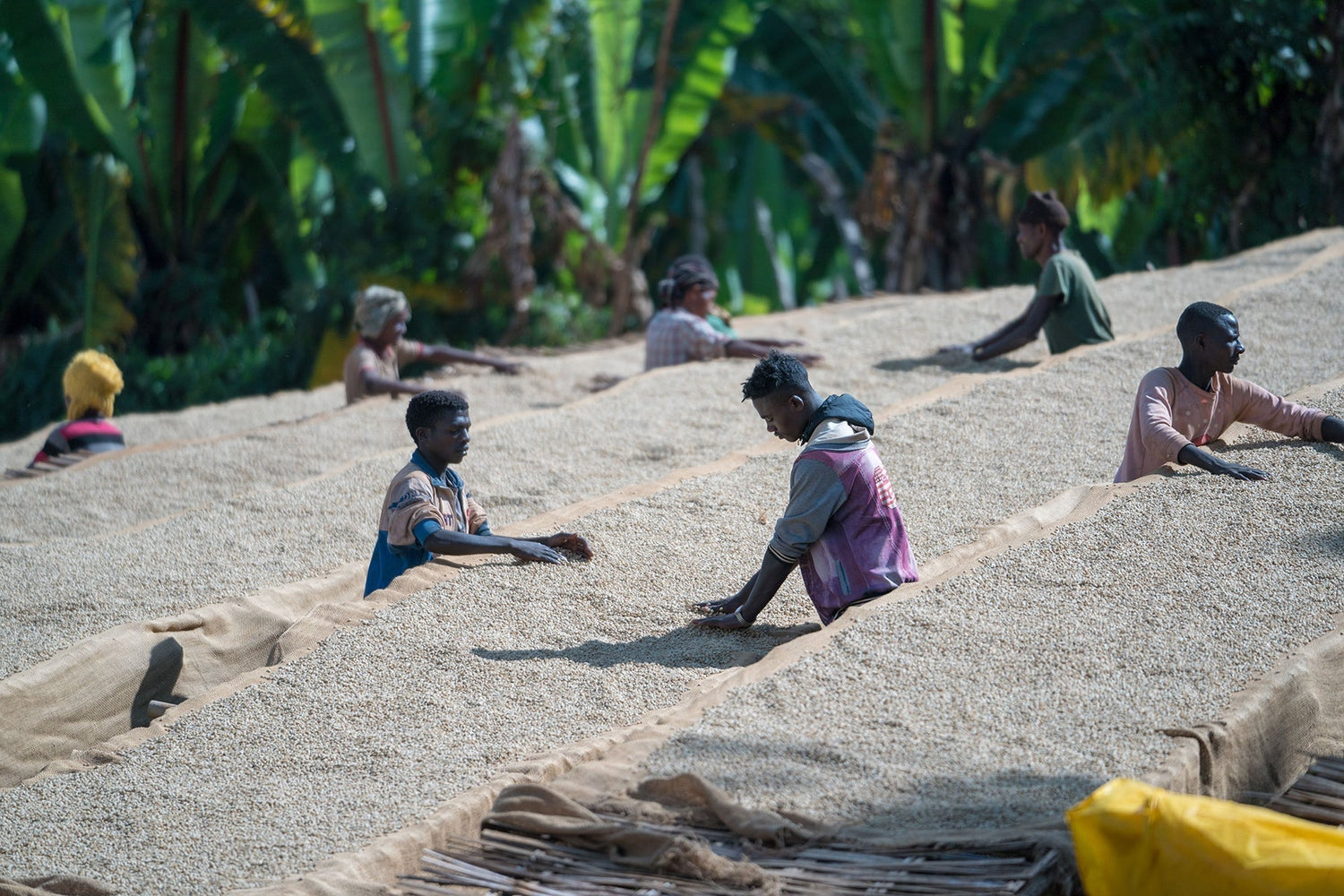Most coffee enthusiasts who take a closer look at specialty coffee sooner or later come across the term Geisha coffee. The Geisha variety is considered to be one of the most special of all the specialty coffee varieties. This variety attracts a lot of attention, and not just because of its high price. But what is Geisha coffee anyway and why should you definitely try it if you get the chance?
Geisha Coffee - The Story!
Geisha coffee does not have a very long history, or at least not a well-known one. The variety originated in the mountains of the Gesha region in southwest Ethiopia . In the 1930s, Geisha made its way through Kenya to Tanzania, arriving in Central America in the 1950s. Seeds were first planted in Costa Rica and then in Panama in the 1960s. However, it was not until 2004 that the outstanding notes really came into their own. Until then, the cherries had never been processed and consumed on their own. It was only Daniel Peterson from the Hacienda La Esmeralda - now famous for its exceptional quality - who treated them separately and had them tasted at "The Best of Panama" .
Rare beauty
Geisha coffee has become famous not least because of its rarity. True to the motto "if you want to be important, make yourself rare", there are not many coffee farmers who can cultivate Geisha. This is because the variety has high demands on its environment and care . The leaf system is very thin compared to other types of coffee. As a result, photosynthesis is much less efficient than with other varieties. The root system is also not particularly strong. The plant can therefore draw less water from the soil and less energy from the sun. The result is a yield that is only half as high as, for example, with the frequently planted Catuai variety.
It is also easy to distinguish from other coffee plants by its appearance. It grows very slender and tall, has longish leaves, narrow, oval beans and the flowers already give off the perfume-like scent that you will later get from the brew. Gesha only feels at home at high altitudes . The variety thrives at altitudes of 1700 m and above. When it is ready to be harvested, it has to be done quickly. It has to be picked and processed immediately.


From Panama to the world
And yet, after its introduction to the world of specialty coffee, Geisha coffee was planted throughout Panama within a few years and eventually on farms in Colombia, Guatemala, El Salvador and Honduras . The hope of doing special business with this rare variety has given rise to many imitators. However, it is not uncommon to be disappointed by the taste when tasting it.
In recent years, interest has grown in boosting Geisha production in its homeland of Ethiopia. The Gesha Village Coffee Estate, a nearly 500-hectare coffee farm, is particularly committed to this cause. The owners of Gesha Village, Adam Overton and Rachel Samuel, collected seedlings while exploring the forest where the Gesha plant was originally found. They plant different versions of it and test them with the aim of achieving the highest possible quality. Despite the worldwide enthusiasm for Geisha coffees, Ethiopia itself has not received much of the fame. The two want to change that.

The Name of the Rose - Gesha or Geisha?
The name and its spelling have confused many coffee drinkers. Unfortunately, the built-in "I" is used again and again. It has now become common practice to write the variety like the Japanese Geisha . There are several theories as to how this came about: either it was simply a spelling mistake that caught on. Or the Ethiopian, oral national language Kafa was written down incorrectly. Or the unusual taste was associated with the exotic image of the Geisha.
Be that as it may, the region of origin of the variety is the Gesha region, just as there is the Guji region or the Sidamo region in Ethiopia.
Geisha coffee is therefore rightly an expensive pearl of specialty coffees. It grows rarely, requires careful care, produces little yield, has an exceptional taste and is very sought after. It is therefore no wonder that it reaches prices of over 500 dollars per kilo . We have occasionally managed to get hold of small quantities of Geisha in our online shop . We will keep you up to date on this on social media and on our website.


